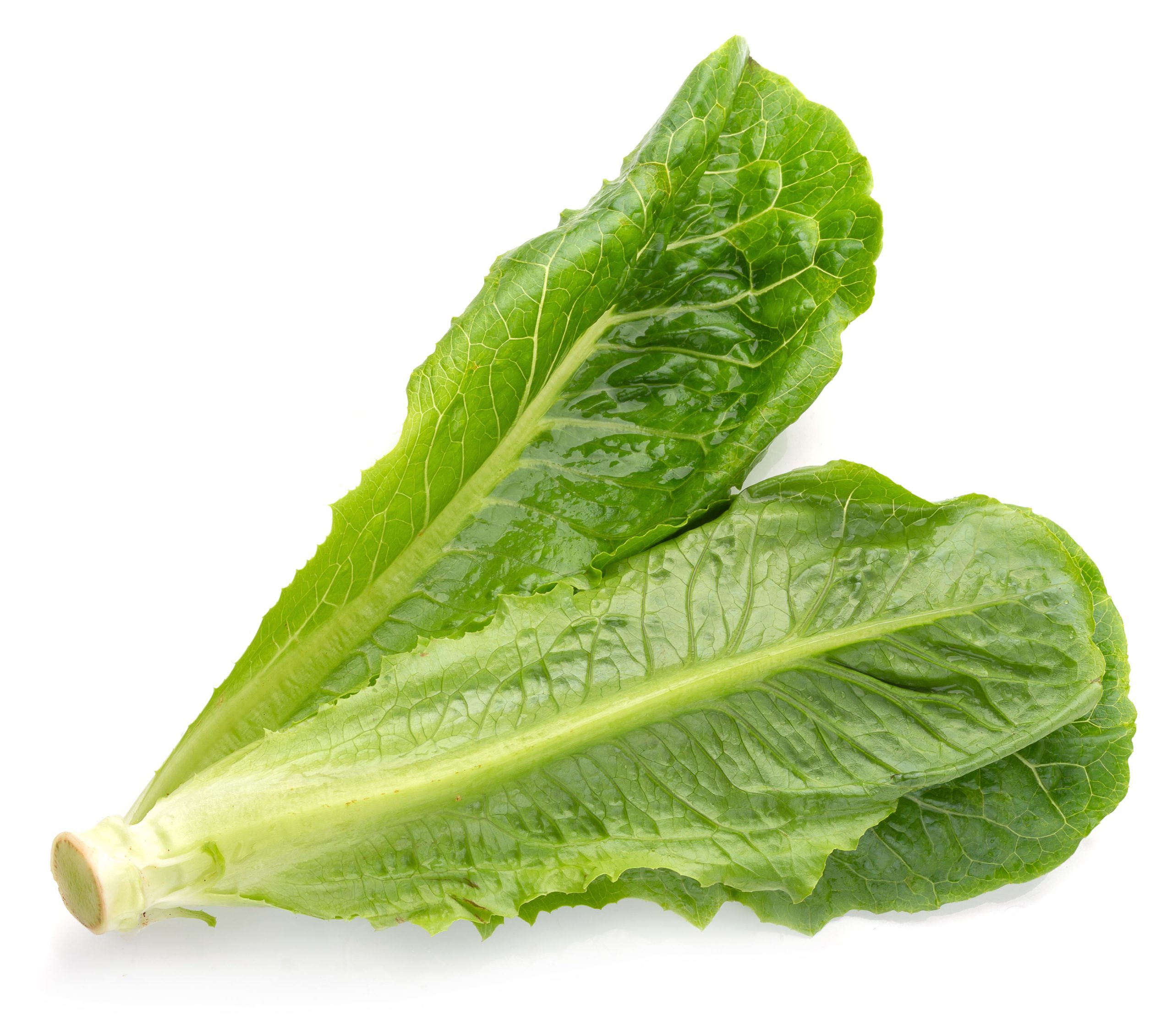Seasons/Availability
Romaine lettuce is available year-round, with a peak season in the winter.
Selection/Storage
Look for Romaine lettuce with fresh, crisp leaves that are firm and unblemished. Avoid heads that are wilted or have yellowed leaves. Store Romaine lettuce in the refrigerator, unwashed and wrapped in a paper towel to absorb excess moisture. It will keep for up to one week.
Usage
Romaine lettuce is most often used raw as the base of salads but it can also be cooked, stir-fried, or grilled. To prepare, remove any discolored outer leaves and separate individual leaves from the head. Rinse well under cool water and dry gently with a paper towel before using. When slicing Romaine lettuce use a sharp knife as dull knives may crush the delicate leaves. Romaine lettuce pairs well with acidic ingredients such as citrus, olives, tomatoes, and vinaigrettes as well as creamy dressings such as blue cheese. It can be tossed into pasta or grain salads and used to fill tacos or wraps. Romaine lettuce can also be grilled alongside meats for a light summer meal.
Nutrition/Benefits
Romaine lettuce is low in calories and high in essential vitamins and minerals including vitamin A, folate, potassium, aluminum, iron, manganese and calcium. It is an excellent source of dietary fiber which helps promote digestion and regularity. Additionally it contains antioxidants that help protect the body from free radical damage. Consuming romaine lettuce also helps you to meet your daily recommended intake of vegetables.
Serve Romaine lettuce in salads, tacos, wraps and more to enjoy its crunchy texture and slightl bitterness. Romaine lettuce is an incredibly versatile vegetable and can make any dish more delicious with its fresh flavor and nutritional benefits.





